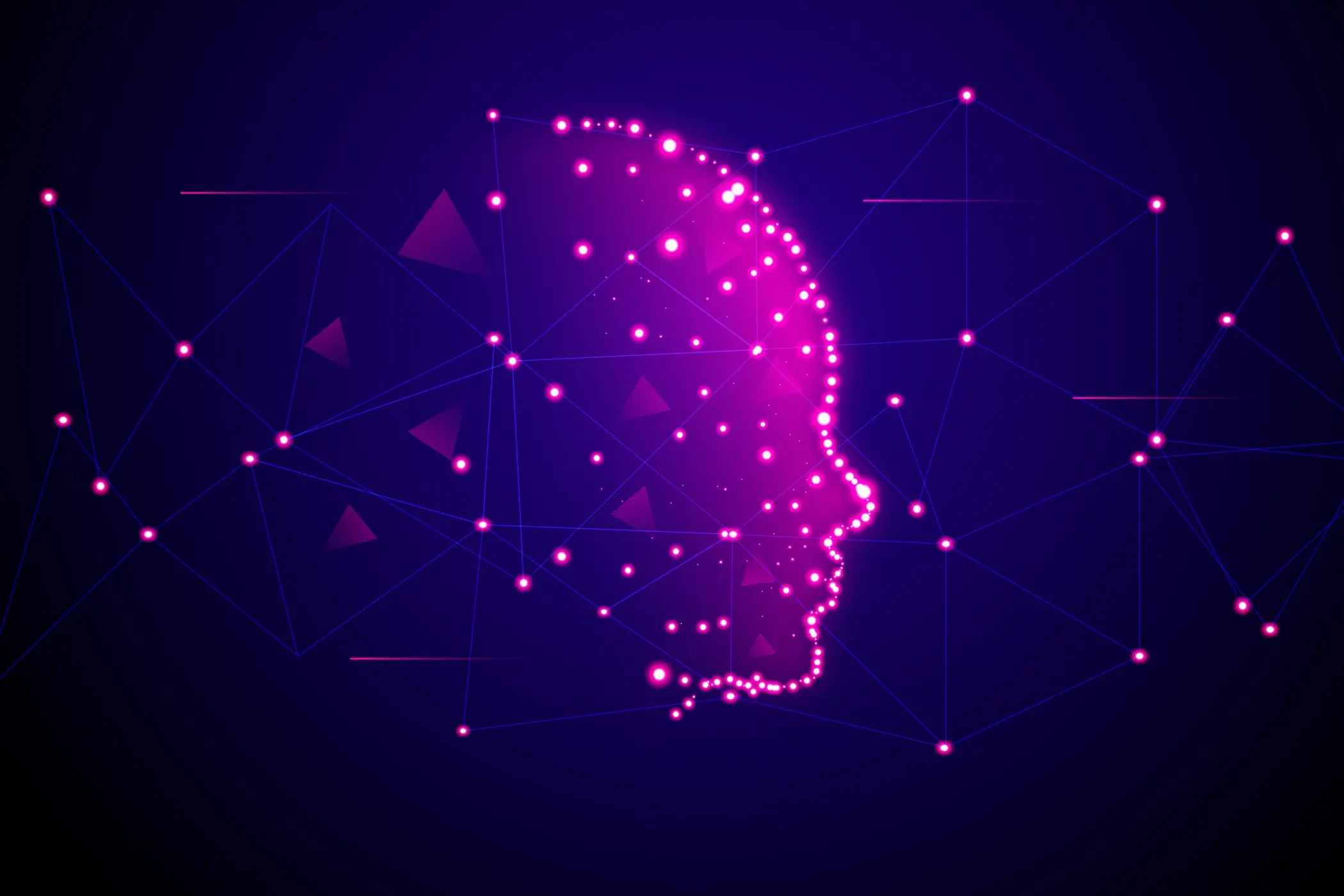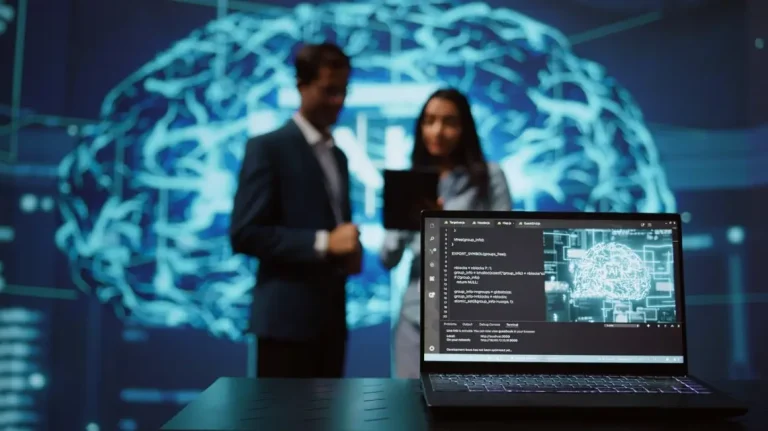Neuromarketing in the Digital Age: Can Algorithms Understand Emotion?

Introduction
Marketing has always been about understanding human behavior. From the earliest print ads to today’s interactive campaigns, the underlying goal has remained the same: how do we make people feel, engage, and ultimately act? In the digital age, however, this question takes on a new dimension. Technology—specifically artificial intelligence, big data, and neuroscience—is pushing the boundaries of marketing. Enter neuromarketing, a discipline that combines psychology, brain science, and marketing strategies to decode how consumers think and feel.
Now, add algorithms to the mix. With machine learning and predictive analytics, brands are no longer just observing consumer behavior; they’re attempting to understand and predict emotional responses. This raises a fascinating question: can algorithms truly understand human emotion—or are they just simulating it?
In this blog, we’ll explore what neuromarketing means in the digital age, how algorithms are being applied, the benefits and challenges, and whether machines can really capture something as deeply human as emotion.
What is Neuromarketing?
Neuromarketing is the application of neuroscience and psychology to marketing strategies. Instead of relying solely on surveys or focus groups—which often capture what people say rather than what they feel—neuromarketing digs deeper. It uses tools such as:
- fMRI (Functional Magnetic Resonance Imaging): To see which areas of the brain activate when exposed to ads or products.
- EEG (Electroencephalography): To track brainwave activity and detect levels of engagement.
- Eye-Tracking & Facial Recognition: To measure attention, interest, and micro-expressions.
- Biometrics: Heart rate, skin conductance, and other physiological responses that signal emotional arousal.
The goal is simple: understand subconscious reactions that drive buying decisions. Research shows that over 90% of consumer decisions are driven by emotions, not logic. Neuromarketing attempts to quantify this emotional influence.
Algorithms in the Age of Neuromarketing
With the explosion of digital data, marketers now have access to unprecedented insights. Every click, scroll, pause, or purchase tells a story about consumer preferences. But raw data isn’t enough algorithms step in to process, analyze, and interpret these signals at scale.
Some applications of algorithms in neuromarketing include:
- Sentiment Analysis Algorithms scan social media posts, reviews, and comments to detect positive, negative, or neutral emotions. For example, a sudden spike in negative sentiment about a product launch can help brands respond faster.
- Facial Recognition AI Digital ads and interactive kiosks now use cameras combined with AI to analyze facial expressions. Algorithms detect smiles, frowns, surprise, or confusion to gauge real-time emotional reactions.
- Voice Emotion Analysis AI-powered voice analysis interprets tone, pitch, and rhythm to identify emotions such as frustration, excitement, or happiness during customer service interactions.
- Predictive Behavior Modeling Machine learning models use past consumer behavior to predict future choices. For instance, Netflix’s recommendation system doesn’t just consider what you watched, but how quickly you chose, whether you paused, and what time you watched—suggesting an emotional context behind your choices.
- Personalized Advertising Algorithms create hyper-targeted campaigns by combining behavioral, demographic, and emotional data. Think of Spotify suggesting a playlist that matches your mood or Amazon recommending products you didn’t even know you wanted.
Benefits of Algorithm-Driven Neuromarketing
The combination of neuroscience and algorithms offers significant advantages for marketers and businesses.
- Deeper Consumer Insights : Traditional marketing research often scratches the surface. Algorithms can process millions of data points—micro-expressions, biometric signals, and online behavior—to paint a more complete picture of consumer emotions.
- Hyper-Personalization : Consumers expect personalization. Algorithms powered by neuromarketing techniques enable real-time customization of ads, product recommendations, and experiences tailored not just to demographics but to moods and emotions.
- Enhanced Engagement : Understanding emotional triggers allows marketers to craft campaigns that resonate more deeply. Emotionally charged ads are more likely to be remembered, shared, and acted upon.
- Reduced Guesswork : Instead of relying on intuition or trial and error, businesses can use algorithmic predictions to design campaigns with higher success rates.
- Competitive Advantage : Brands that successfully integrate neuromarketing with AI can stay ahead of competitors by connecting with consumers on a subconscious level.
Challenges and Ethical Concerns
While the potential of algorithm-driven neuromarketing is vast, it also comes with challenges and risks that must not be ignored.
- The Question of Accuracy : Algorithms can analyze patterns, but human emotion is complex and influenced by culture, context, and individual psychology. A smile might mean happiness in one situation, but politeness in another. Can machines truly distinguish between these nuances?
- Privacy Concerns : Collecting biometric data, facial scans, or emotional responses raises serious privacy issues. Consumers may not feel comfortable knowing their subconscious reactions are being tracked and monetized.
- Manipulation Risks : If marketers understand emotions at a subconscious level, there’s a fine line between persuasion and manipulation. Ethical questions arise about whether exploiting emotional triggers undermines consumer autonomy.
- Over-Reliance on Technology : Algorithms are only as good as the data they’re trained on. Biases in data can lead to misinterpretation, reinforcing stereotypes or excluding certain groups.
- Human Element in Emotion : Emotions are deeply personal and often irrational. While machines may approximate patterns, true empathy and understanding remain uniquely human traits.
Can Algorithms Truly Understand Emotion?
This is the central debate. On one hand, algorithms can process vast amounts of data and detect patterns invisible to humans. They can predict when a consumer is likely to feel frustrated with a website or when they’re most receptive to an ad.
On the other hand, understanding emotion is different from detecting it. Algorithms interpret signals—facial expressions, voice tones, click behaviors—but they lack subjective experience. They don’t feel joy, sadness, or surprise; they only simulate recognition of these states.
Think of it this way: a weather app can tell you it’s raining, but it doesn’t know what it feels like to be drenched in the rain. Similarly, algorithms can identify emotional cues but not truly comprehend the lived experience of emotion.
Therefore, while algorithms enhance neuromarketing by making it scalable and data-driven, genuine understanding still requires human interpretation, creativity, and empathy.
The Future of Neuromarketing in the Digital Age
Looking ahead, the fusion of neuromarketing and algorithms will only grow stronger. Here are some emerging trends:
- Emotion-Aware Chatbots: Customer service bots that adapt tone and responses based on real-time emotional detection.
- Immersive Experiences: VR and AR combined with biometric feedback to create personalized, emotion-driven marketing campaigns.
- Neuro-Data Integration: Merging brainwave data with AI analytics for even deeper insights into subconscious behavior.
- Ethical Frameworks: Regulations and guidelines to ensure consumer privacy and prevent manipulative practices.
- Human-AI Collaboration: Marketers will rely on algorithms for data but lean on human creativity to craft authentic emotional connections.
Conclusion
Neuromarketing in the digital age represents a powerful intersection of science, technology, and marketing. Algorithms bring scale, precision, and predictive power, while neuroscience offers insights into the subconscious forces that shape consumer decisions. Together, they are redefining how brands connect with people.
Yet, the question remains: can algorithms truly understand human emotion? The answer, for now, is no. Algorithms can detect and predict emotional signals, but they don’t “feel” them. Emotion, at its core, remains a human experience. That said, the combination of neuromarketing and AI holds enormous potential for businesses—if used ethically. The future belongs to brands that balance technological power with empathy, respecting consumer privacy while creating authentic, emotionally resonant experiences.
In the digital age, success won’t just come from selling products but from understanding people—not just what they buy, but how they feel.










